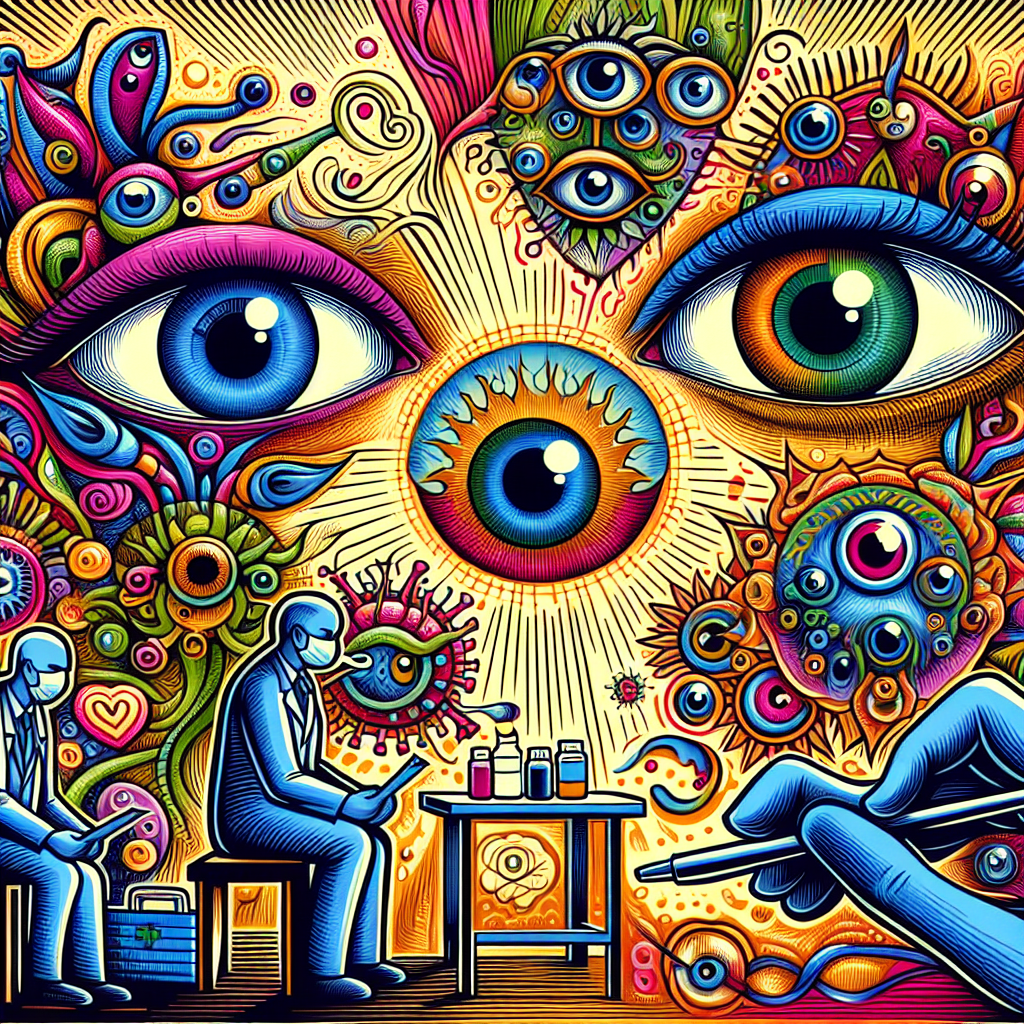Introduction
In a world that’s been turned upside down by the COVID-19 pandemic, we’ve become acquainted with terms that were once foreign. Among these is “COVID eyes,” a phenomenon that has intrigued both the medical community and the public. But what exactly does it mean when we talk about COVID eyes? Could this emerging symptom hold clues to protecting not just our bodies but our vision too?
Table of Contents
- Understanding COVID Eyes
- Common Symptoms Associated with COVID Eyes
- Potential Causes and Mechanisms
- Treatment and Care for Affected Eyes
- Key Takeaways
- FAQs
- Conclusion
Understanding COVID Eyes
The term “COVID eyes” refers to a range of ocular symptoms associated with COVID-19. While respiratory symptoms have been at the forefront since the virus’s discovery, many patients have reported changes in their vision or discomfort in their eyes. This includes redness, irritation, and even conjunctivitis.
Common Symptoms Associated with COVID Eyes
Just as a painter uses a myriad of colors to create an image, COVID-19 manifests through a spectrum of symptoms. With respect to COVID eyes, these may include:
- Redness or bloodshot appearance
- Sensitivity to light (photophobia)
- Itching or burning sensation
- Excessive tearing
- Blurred vision
- Swelling of the eyelids
These symptoms can be akin to those experienced during common eye infections or allergies. To explore more on similar conditions such as styes or other infections, check out our detailed page on comprehensive eye infections and stye treatment services.
Potential Causes and Mechanisms
The appearance of COVID eyes is like a puzzle waiting to be solved, with each piece revealing more about the virus’s behavior. The primary hypothesis is that the SARS-CoV-2 virus can enter through the mucous membranes of the eyes, leading to inflammation and subsequent symptoms. Additionally, systemic inflammation caused by the virus might contribute to these ocular manifestations.
For a deeper understanding of viral transmission and protective measures, institutions like the CDC provide comprehensive resources and guidelines.
Treatment and Care for Affected Eyes
Like a skilled gardener tending to delicate plants, caring for your eyes during COVID-19 requires gentle attention. If you notice symptoms of COVID eyes, it’s crucial to maintain hygiene by washing hands regularly and avoiding touching your face. In some cases, artificial tears or prescribed medications might be recommended by healthcare professionals.
If you suspect any eye infection or need urgent care, visiting an urgent care service can provide swift and necessary attention.
Key Takeaways
- COVID eyes encompass a variety of symptoms affecting the eyes due to COVID-19.
- Common signs include redness, itching, and sensitivity to light.
- The virus may enter through the mucous membranes or cause systemic inflammation.
- Maintaining eye hygiene and seeking medical advice is essential for treatment.
FAQs
Can COVID-19 cause long-term damage to your eyes?
The long-term effects on the eyes are still being studied; however, most symptoms are temporary and resolve with appropriate care.
How can I protect my eyes from COVID-19?
Regular hand washing, refraining from touching your face, and using protective eyewear in high-risk areas can help minimize exposure.
Conclusion
The journey through understanding COVID eyes is akin to navigating uncharted waters. As research continues to evolve, staying informed and vigilant is paramount. By recognizing symptoms early and acting accordingly, we can safeguard not only our respiratory health but also our vision, ensuring clarity in these uncertain times.
For more information on related topics such as managing cuts during the pandemic, explore our article on whether an infected cut will take care of itself.
Remember, knowledge is like a lighthouse guiding us through stormy seas—let it illuminate your path to health and safety.




